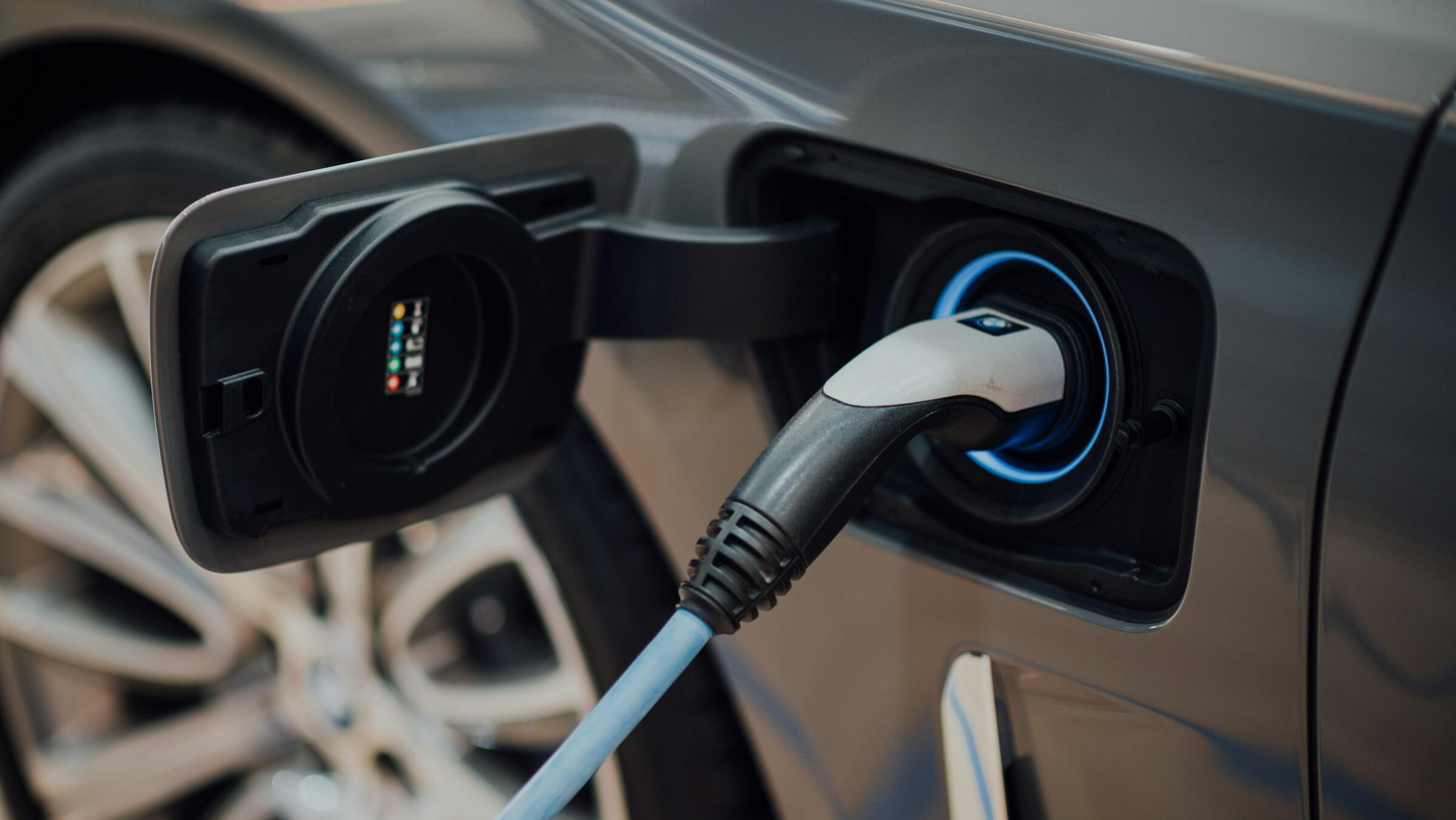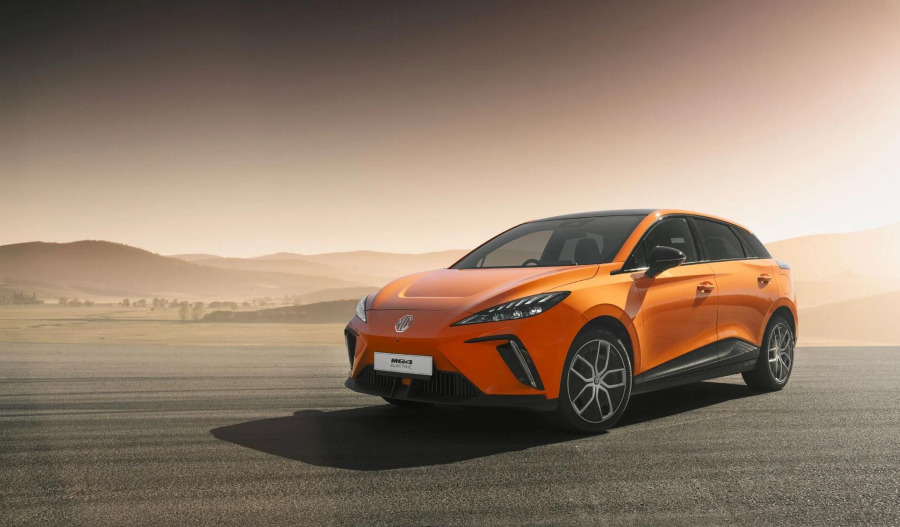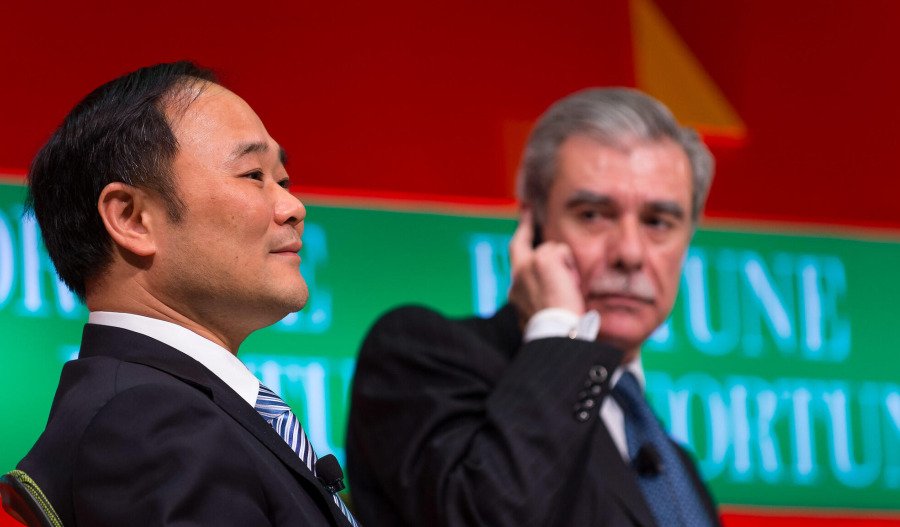Germany's automotive industry is collapsing, dragging the entire manufacturing sector down with it, as China's dominance in competitive car manufacturing continues to accelerate.
The latest EY Industry Barometer revealed a 2.1% revenue decline in Germany in Q2 2025 - an eighth consecutive quarterly drop.
Figures also show that overall industrial employment fell another 2.1% year-on-year, eliminating a further 114,000 jobs within twelve months.
Since 2019, the sector has shed nearly 250,000 positions - a 4.3% workforce contraction, with the automotive industry bearing the heaviest burden.
German car manufacturers have cut 51,500 jobs in the past year alone, representing almost half of all industrial job losses and a 6.7% workforce reduction in a sector once synonymous with German engineering excellence.
While the reasons can be explained in one word - China - here's the context that goes with it:
Export collapse drives downturn
Total German car exports to the U.S. plummeted 10% in Q2, while Chinese exports dropped 14%. China, previously Germany's second-largest export market in 2020, now ranks sixth.
Germany's auto brand market share in China has now fallen from 25% to 15% in just five years.
The Chinese market itself, once highly profitable for German automakers, has turned hostile as its own domestic competition intensifies.
"USA and China are causing massive concern," EY's Jan Brorhilker noted.
"The Chinese sales market has long been an attractive growth market with very adequate margins, especially for the automotive industry.
“Meanwhile, the tide has turned, especially for foreign car manufacturers; demand is falling drastically, and sales are collapsing."
China's electric dominance
The Middle Kingdom manufactured 12.4 million electric vehicles in 2024, representing 70% of total global EV production - 80% of which came from Chinese manufacturers like BYD and SAIC.
Chinese brands now control 11% of Europe's EV market, up from just 3% in 2020, and when considering BYD's Seagull compact starts at US$7,780 (£6,100), German alternatives look expensive.
Candid admissions, such as Ford CEO Jim Farley admitting Chinese EVs are "a decade ahead" in tech and efficiency after driving one himself, highlight Western manufacturers' predicament.
And here's where Germany's strategic miscalculations become apparent:
Once global industry leaders, German automakers have transformed into struggling challengers dependent on Chinese supply chains they cannot control.
China controls two-thirds of global cobalt refining and 60% of lithium processing, meaning German manufacturers depend entirely on Chinese suppliers for critical battery materials.
German carmakers also still use expensive nickel-manganese-cobalt battery formulations, while Chinese heavyweights CATL and BYD, having invested heavily in R&D for years, now use the cheaper and more efficient lithium iron phosphate chemistry.
Even when raw materials come from ex-China mineral deposits in places like Australia or the Democratic Republic of Congo, the processing happens there anyway.
Globally, most legacy automakers remain dependent on Chinese suppliers across the value chain - including Tesla, which relies on CATL batteries despite its own investments.
Structural decline accelerates
Volkswagen plans to cut production capacity by 734,000 units across German plants before 2030, reducing its workforce by over 35,000.
Audi will eliminate 7,500 German jobs by 2029, whilst Continental announced 7,150 automotive division cuts.
As carmakers like BMW and Mercedes stayed focused on incremental improvements, Chinese competitors prioritised user experience and digital integration - a move which is paying dividends in an increasingly digitised global society.
Despite increased model availability, Europe's EV market stagnated in 2024, hampered by subsidy withdrawal and weak CO2 regulations.
Germany's high energy costs have further disadvantaged manufacturers, and the country now faces rising unemployment among university graduates - something unseen for decades.
Young engineers, once guaranteed careers in the automotive industry, must now seek alternatives.



